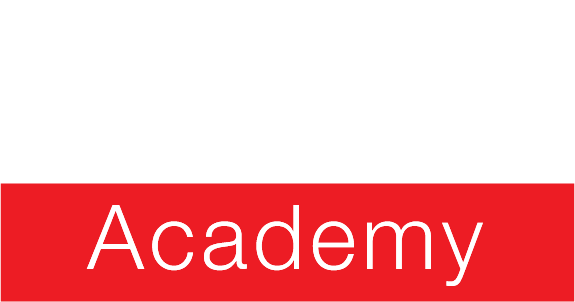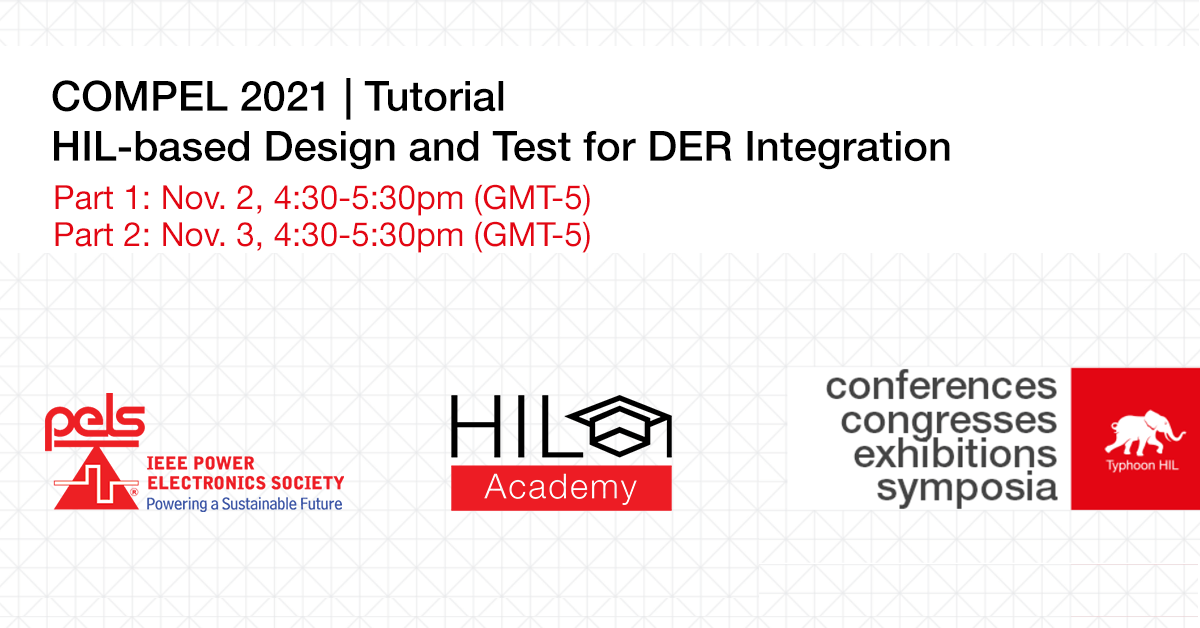The paradigm shift from centralized generation to a digitalized grid based on distributed energy resources (DERs) has been enabled by the continuous advancements on power electronics technology. The new grid is becoming smarter, but also more dynamic and complex, and the biggest challenge is to ensure that the grid components work together seamlessly, in different real-life scenarios. In this context, engineers are continuously challenged to design and implement different solutions more and more efficiently.
For this reason, in this tutorial we will present hands-on how the Hardware-in-the-Loop (HIL) technology can help you to verify and validate your designs from the earliest stages, adding flexibility and security, besides reducing the time spent in the development cycle. We will also discuss challenges faced by the HIL-based design and test for DER integration and how to overcome that.
Join us at the 22nd IEEE Workshop on Control and Modeling for Power Electronics (COMPEL2021) next week for a two-part tutorial on Hardware in the Loop design and testing for DER Integration to reduce time spent in the development cycle and ensure grid components work together seamlessly in real-life scenarios.



Responses